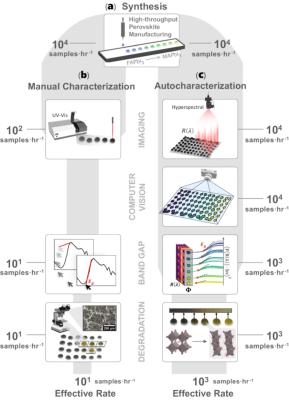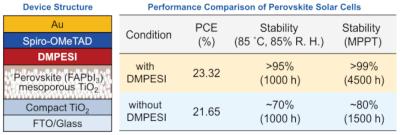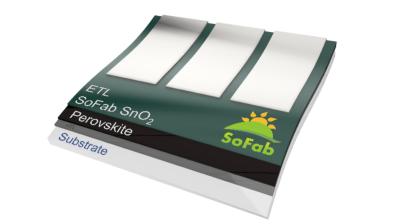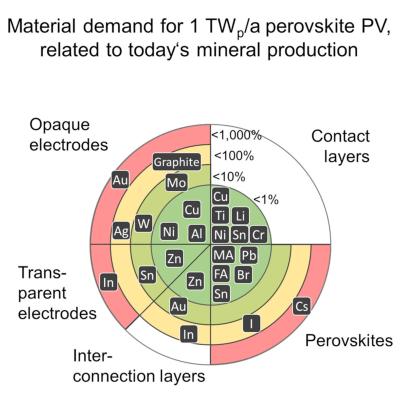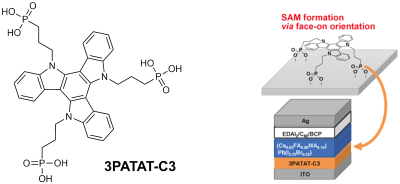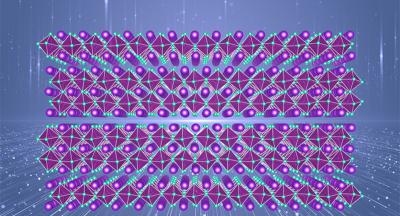MIT team develops computer vision technique that speeds up characterization of newly synthesized electronic materials
MIT researchers have developed a new computer vision technique that significantly speeds up the characterization of newly synthesized electronic materials. The technique automatically analyzes images of printed semiconducting samples and quickly estimates two key electronic properties for each sample: band gap and stability.
Overview of the synthesis and characterization pipeline for perovskite semiconductors. Image credit: Nature Communications
The new technique reportedly characterizes electronic materials 85 times faster compared to the standard benchmark approach. The researchers intend to use the technique to speed up the search for promising solar cell materials. They also plan to incorporate the technique into a fully automated materials screening system.
